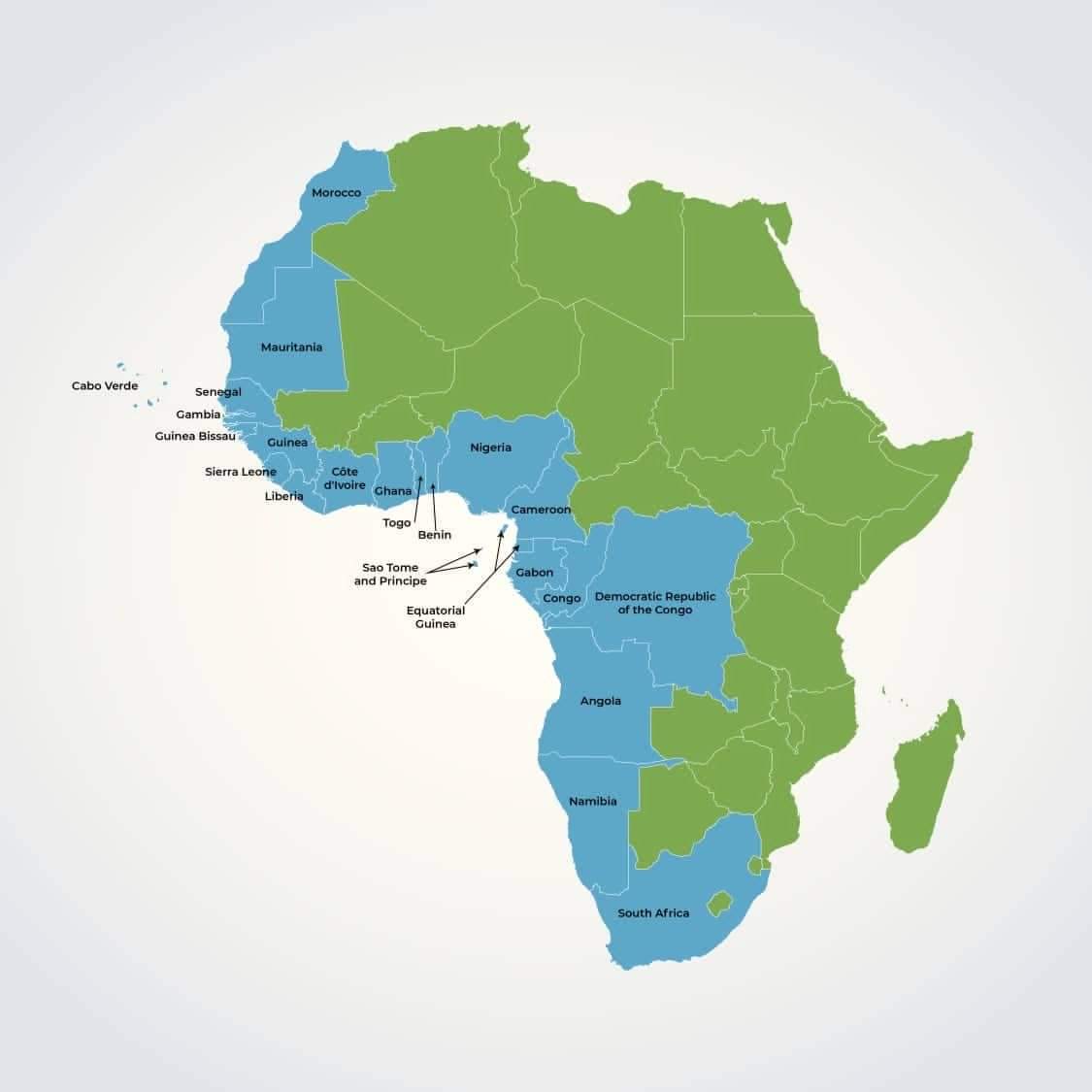
Despite a global economic landscape that has shown surprising resilience in the face of disinflation and interest rate hikes, Sub-Saharan Africa continues to confront significant economic challenges, as highlighted in the International Monetary Fund’s (IMF) latest World Economic Outlook.
The IMF’s April 2024 report forecasts a steady global growth rate of 3.2% for the next two years, but notes that this growth remains historically low. The regions affected most are those already grappling with high borrowing costs and fiscal withdrawal, including Sub-Saharan Africa.
Economic Disparities Widen
The report underscores a troubling slowdown in the pace of convergence toward higher living standards in lower-income nations, particularly in Sub-Saharan Africa. Structural issues, including persistent frictions that prevent capital and labor from moving to more productive sectors, are cited as major hurdles.
Inflation and Debt Pressures
While global inflation is projected to decrease, with advanced economies nearing their targets by 2025, Sub-Saharan Africa may face a lag in achieving similar outcomes. High interest rates continue to strain these economies, which are less equipped to manage debt without compromising growth or inflaming socio-economic disparities.
Risks and Recommendations
The IMF warns of risks to the region from potential new price spikes due to geopolitical tensions and the global economic slowdown. The high debt levels in many Sub-Saharan economies could force governments into tough fiscal adjustments, further weakening economic stability.
Strategic Reforms Suggested
The Outlook suggests that strategic reforms aimed at enhancing supply-side dynamics could bolster economic growth. For Sub-Saharan Africa, this means not only improving governance and infrastructure but also investing in education and technology to boost productivity.
Multilateral Cooperation Needed
Highlighting the necessity of multilateral cooperation, the IMF calls for concerted efforts to address challenges such as geoeconomic fragmentation and climate change, which disproportionately impact poorer regions. The report advocates for policies that facilitate a smoother transition to green energy and support sustainable economic practices.
As global leaders digest the findings of the IMF report, the focus for Sub-Saharan Africa remains on implementing reforms that align short-term economic stabilization with long-term developmental goals, ensuring that growth is not only sustained but also inclusive.
Meanwhile, according to the International Monetary Fund’s (IMF) April 2024 World Economic Outlook Report, growth prospects in Sub-Saharan Africa are on an upward trajectory.
The region is expected to witness a growth rate of 3.8% in 2024, up from an estimated 3.4% in 2023, and further accelerating to 4.0% in 2025.
This optimistic forecast is underpinned by the waning negative effects of previous weather shocks and a gradual improvement in supply issues.
The projections for 2024 remain unchanged from the January 2024 WEO Update, with a downward revision for Angola offset by an upward revision for Nigeria.
For emerging markets and developing economies, the IMF anticipates stable growth at 4.2% in both 2024 and 2025.
This moderation in growth within emerging and developing Asia is expected to be counterbalanced by an uptick in growth for economies in the Middle East, Central Asia, and Sub-Saharan Africa.
Low-income countries per the report, are projected to experience a gradual increase in growth, with rates climbing from 4.0% in 2023 to 4.7% in 2024 and further to 5.2% in 2025.
This optimistic outlook is attributed to the easing of some constraints on near-term growth.
The IMF’s latest projections in its April 2024 WEO report reflect cautious optimism for economic recovery and stability in Sub-Saharan Africa and emerging markets, underscoring the resilience and potential for growth in these regions amidst global economic challenges.

